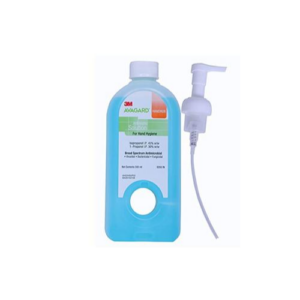ANTI -BACTERIAL
ANTI -BACTERIAL: Drug Name: Anti-Bacterial
Use: Anti-Bacterial drugs are medications used to treat bacterial infections. They work by either killing the bacteria or inhibiting their growth, providing relief from the infection and preventing further complications.
Mechanism of Action: Anti-Bacterial drugs have different mechanisms of action depending on the specific drug. Some common mechanisms include:
– Inhibition of cell wall synthesis: These drugs prevent the synthesis of the bacterial cell wall, leading to weakened membranes and cell death. Examples include penicillins and cephalosporins.
– Inhibition of protein synthesis: These drugs block the synthesis of proteins necessary for bacterial growth and replication. Examples include macrolides and tetracyclines.
– Inhibition of nucleic acid synthesis: These drugs interfere with bacterial DNA synthesis, preventing replication and ultimately causing cell death. Examples include fluoroquinolones and sulfonamides.
Dose: The dosage of Anti-Bacterial drugs can vary depending on the specific drug, the condition being treated, and individual patient factors. Dosage instructions should be followed as prescribed by a healthcare professional. It is important to complete the full course of treatment even if symptoms improve.
Side Effects: Common side effects of Anti-Bacterial drugs may include:
– Upset stomach, nausea, or vomiting
– Diarrhea
– Allergic reactions, such as rash or itching
– Yeast infection (common with some antibiotics)
– Dizziness or headache
– Changes in taste or smell
– Photosensitivity (increased risk of sunburn)
– Kidney or liver problems (rare)
It is important to note that specific side effects and their severity may vary depending on the specific drug and individual patient factors. If any concerning side effects occur, it is advisable to seek medical attention.

